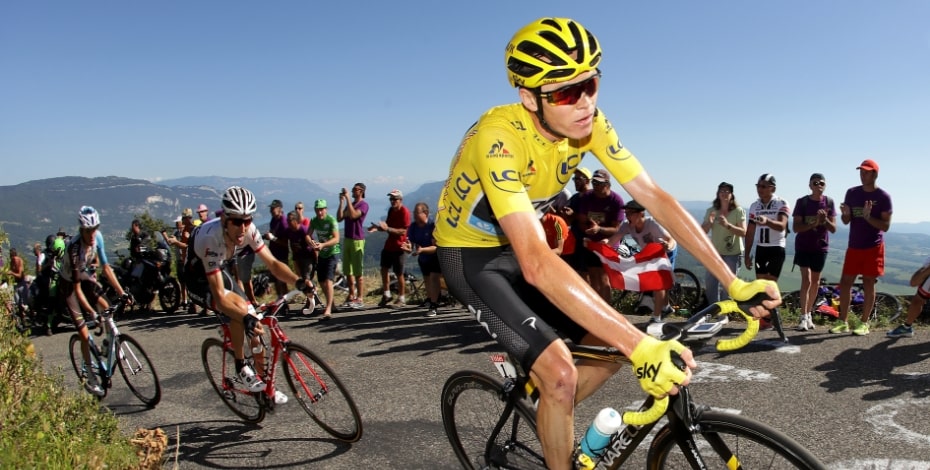
Tour de physio

ADVOCACY APA General Manager, Policy and Government Relations Simon Tatz looks at individual versus collective advocacy through the lens of sport.
Sport provides any number of examples and illustrations to explain a process, situation or policy.
Many of our commonly used clichés derive from sport.
For example, we ‘let one go through to the keeper’—a cricket term that also means letting a comment go without response or not bothering to act or pursue an issue.
We like to ‘take a punt’ on something, meaning we will back whatever it is.
When we speak our minds, we ‘don’t pull any punches’ (boxing); when asked to push ourselves, we are told to ‘step up to the plate’ (baseball); and when we don’t do what is needed, we are accused of dropping the ball’ (any ball-handling sport).
Here at the APA, my colleagues are ‘team players’, although the policy staff with specific responsibilities might find ‘the ball in their court’ (tennis) and become wary of ‘taking their eye off the ball’.
The list of clichés is endless.
The point is that sport provides us with clearly understood images that we use regularly.
Sport also provides us with another illustration—the team versus the individual.
This is especially relevant to advocacy.
The APA is a standalone discipline; that is, we are here for one purpose only—to represent the interests of members who are physiotherapists.
In this context, the APA is an individual sportsperson.
We’re here to win or ‘achieve our goals’, to use another sporting metaphor.
However, we are also part of a team or several teams: allied health and the health sector.
Looking at the APA as an individual sportsperson is straightforward.
We have set targets and goals that we work to deliver on.
They are (mostly) measurable— submissions; consultations; meetings with governments, departments and agencies; stakeholder representations; media coverage; name recognition; business demand; employment—anything where the APA and physiotherapy are singled out or named.
That’s a ‘win’.
When we’re talking about allied health, we need to invoke the ‘team’ mentality.
The way I approach the team aspect is to liken us to a cricket side.
Cricket is all about winning (or not losing); however, it is both a team sport and an individual one.
As with baseball, individual performances and statistics are keenly followed and noted.
A batter making a century or a bowler with a fifer (a five-wicket haul) is noted as a significant achievement, regardless of how the team performs.
To belabour this analogy, even when allied health is discussed in general, it is an achievement if physiotherapy is noted specifically or singled out as a health discipline within the overall allied health team.
This is why we at the APA fight so hard when insurers or funders seek to change terminology from ‘physiotherapy’ to ‘physical therapies’.
This is not semantics.
Where we sit within the Australian health system is, in part, determined by whether we stand out as physiotherapists or are considered within the larger allied health team.
At the July National Advisory Council cluster meetings in Melbourne, I was asked to describe where physiotherapy is positioned in the health sector.
Instinctively, I used a sporting analogy—the Tour de France. I said we are in the peloton but our aim is to be at the front.
In competitive racing the word ‘peloton’ has a variety of meanings but in general usage it means a group or the main body of riders, not the leaders.
The leaders in the health system (those in the yellow jersey if you are a cycling fan) are medical specialists.
General practice and nurses sit a short way behind and then we have the peloton.
In the peloton, being close to the front means you can see what lies ahead and are able to react more rapidly to threats from competitors.
You can alter your position and see the gaps.
Most importantly, you are away from the threat of being squeezed out and left in the rear group.
This, in essence, is where we want the physiotherapy profession to be.
The health system, rightly or wrongly, is hierarchical and structured in a way that diminishes the Ahpra-regulated allied health disciplines.
We cannot change the rules but we can ‘punch above our weight’ and position ourselves as the leaders in our field.
© Copyright 2025 by Australian Physiotherapy Association. All rights reserved.





